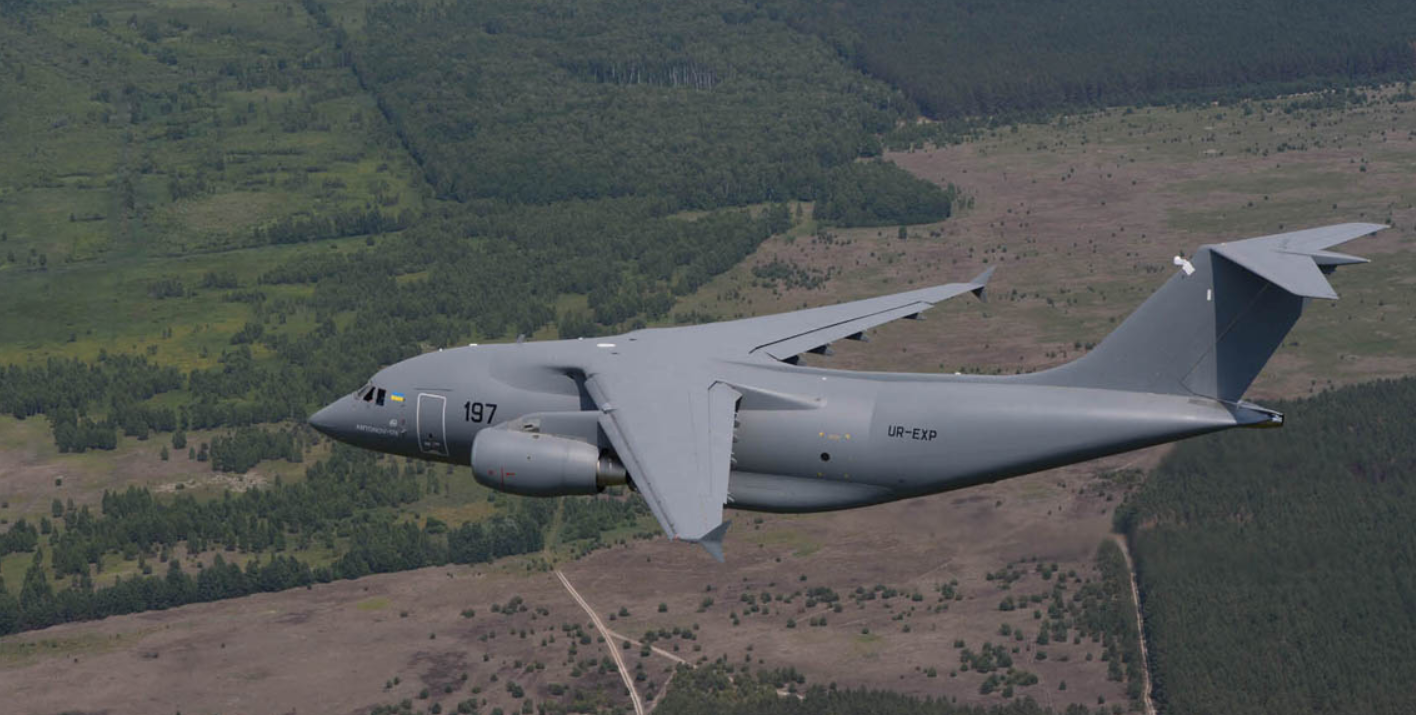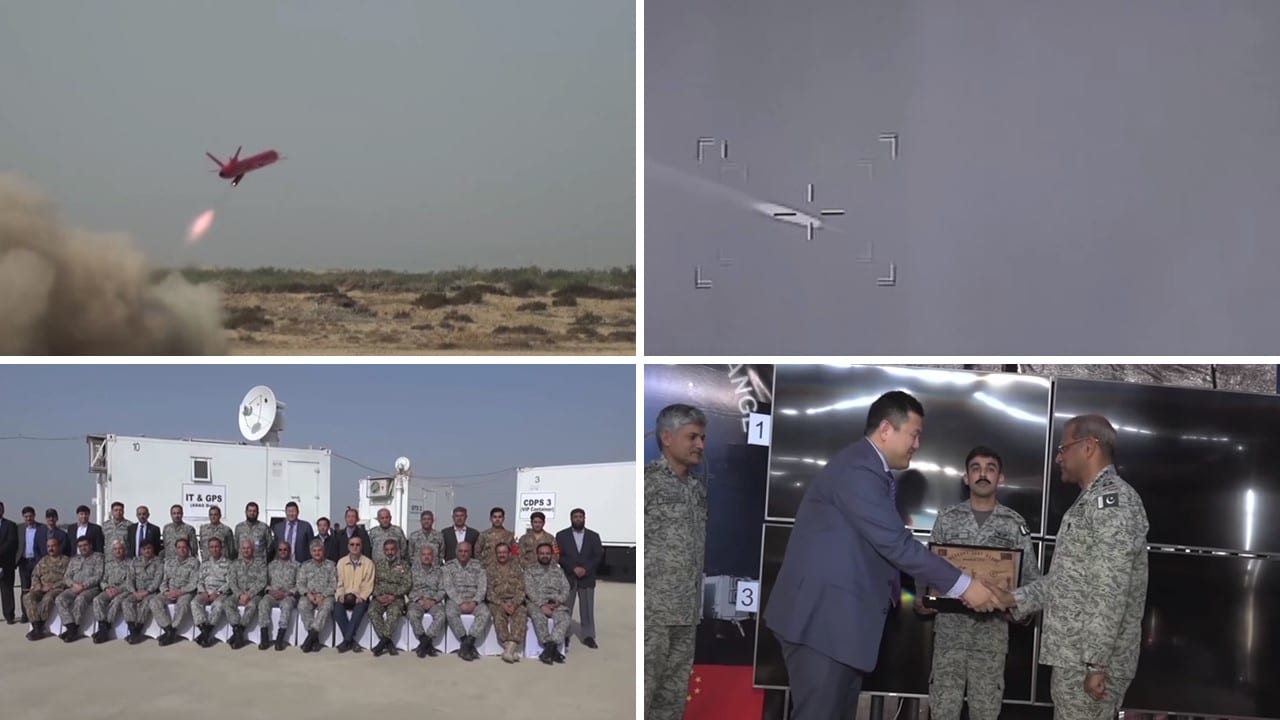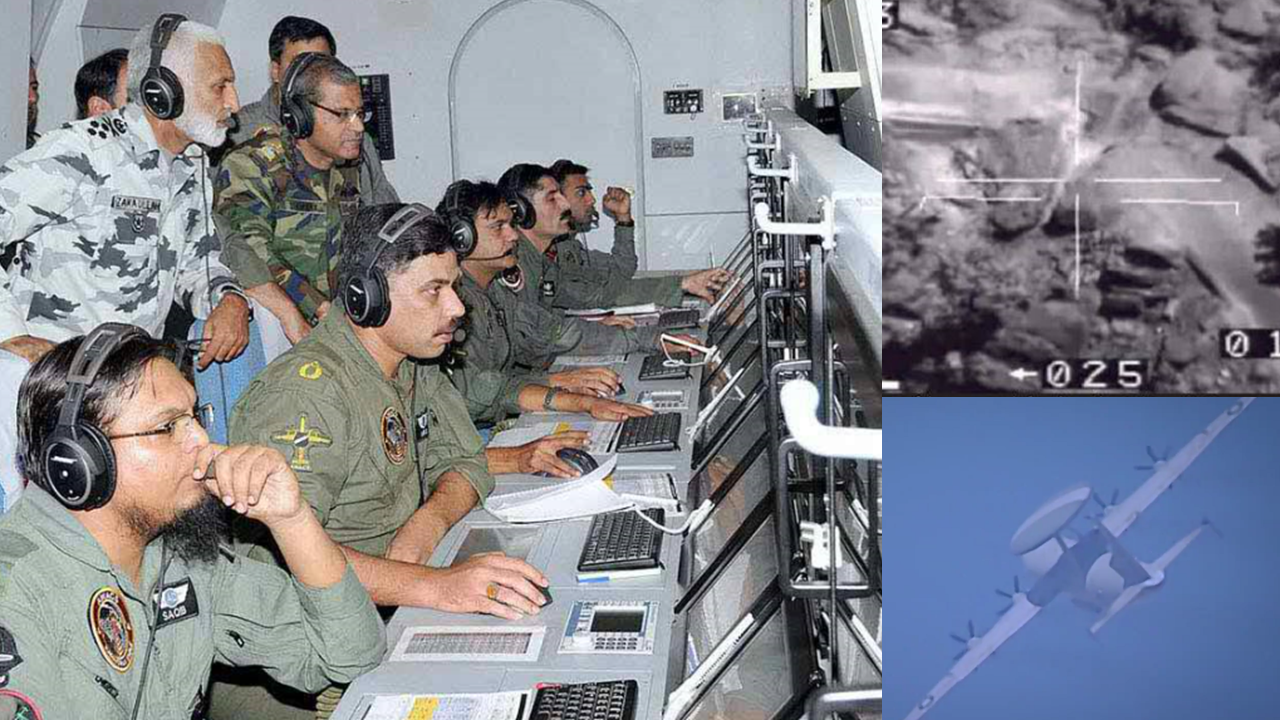3309Views 4Comments

Keep an eye on the Antonov An-178
25 December 2015
By Bilal Khan
The Antonov An-178 is quickly shaping up to be an attractive utility air lift option for countries seeking to augment or supplant their transport aircraft fleets. In fact, the An-178 could very well be the leading option for air forces, civil aviation firms and other entities in need of new transport aircraft, especially on a budget. Having only conducted its first test flights eight months ago, the An-178 has already secured multiple buyers (albeit through letters of intent). It is also mapped for key developmental upgrades.
The An-178 draws its lineage from the Antonov’s An-148/158 regional jet airliner (Air Force Technology). Development of the An-148 began in the 1990s and the airliner conducted its maiden test flight in 2004; a stretched version in the form of An-158 followed in 2010. In the aftermath of the incredibly troubled An-70 transport program (which was originally a joint-venture between Ukraine and Russia), Antonov proceeded to use the underlying An-148 design to develop the An-178.
Powered by two Progress D-436-148FM turbofan engines (developed and produced by Ukraine), the AN-178 is capable of moving 18 tonnes of cargo over a distance of 1000km (IHS Jane’s 360). The An-178 made its maiden test flight in May 2015 and its international debut at the Paris Air Show the following month. Although not as large as the An-70, the An-178 is comparable to today’s budding mainstay air lift options, namely the Embraer KC-390 (Brazil) and Alenia C-27J (Spain). Granted, the An-178, with its 18-ton payload limit, is a smaller player than the C-130J-30 (22 tonnes) and KC-390 (23 tonnes), Antonov’s offering carries with it an attractive price-point as well as a commitment for growth and improvement.
In terms of price, the An-178 can potentially be acquired for at least $40 million U.S per unit (AIN Online). On the other hand, the (albeit larger) the C-130J could cost much more, for example India’s order in 2011 went for around $200 million U.S per unit (DSCA). Even if one were to factor in the requisite logistical overhead costs, it is incredibly unlikely an An-178 would cost a buyer more than $70 million per unit. The one system that would likely give the An-178 the most competition in the market would be the Embraer KC-390, which was envisaged as a competitively priced and capable platform during the earlier periods of its development cycle (Reuters). Granted, the KC-390 has run into delays, but it has 60 probable orders in the bag (Foxtrot Alpha), so it is not too far off from the An-178 in terms of momentum.
However, the An-178 is – at least in terms of critical areas such as its turbofan engines and airframe – a wholly owned Ukrainian product. In terms of acquisition, the prospective customer could have practically nothing to worry about in terms of U.S or Western pressure on the vendor (unless that buyer is incredibly disliked, like North Korea). In that context, a specific market may very well be open to the An-178, i.e. the market involving problematic countries with major needs: Iran, Pakistan, Nigeria, Iraq, Egypt, etc. Between Embraer and Antonov, it would be Antonov (and the Ukrainian government) that would be the most likely to see a profitable deal through with any of the aforementioned countries. In reality, the An-178’s prospective market is shaping up to be a bit bigger than that clientele: Saudi Arabia (a leading buyer of American arms) announced this month that it intends to acquire 30 An-178s (Flight Global), and the private Chinese firm Beijing A-Star Airspace and Technology was (at least in June 2015) looking to produce the An-178 under license (Antonov).
Antonov has additional An-178 work in the pipeline as well. To enhance the platform’s versatility, the An-178 will gain the capability to serve as an air-to-air refuelling (AAR) aircraft (IHS Jane’s 360). This is a very promising goal in that it transforms the An-178 into a multi-role tanker and transport (MRTT) platform, enabling a wide range of air forces to utilize a common aircraft system to achieve multiple different mission roles. For example, Pakistan could collapse its IL-78 tanker and C-130H transport needs (albeit in the long-term) into a single system, the An-178. In addition, Antonov will offer the An-178-111, a Westernized variant outfitted with General Electric or Pratt & Whitney turbofans and onboard Western electronics (IHS Jane’s 360).
This is merely speculation, but it is possible that an enlarged variant of the An-178, i.e. something directly in league with the C-130J and KC-390, may be developed as well. Perhaps a turboprop version for hot and high conditions and short take-off-landing (STOL) as well? In any case, it will be interesting to see how far Antonov develops this platform; if anything like the KC-390’s promise, the An-178 could be developed in the coming years to assume a wide range of mission roles, from ISR [intelligence, surveillance and reconnaissance] to maritime patrol. In the end, it will depend on the customer.



4 Comments
by blabla bla
@Saqrkh @jigsaww
Any thing on the PAKFA during President Modi visit to Russia ?
by jigsaww
Yes. It seems to be falling out. No deal was signed or signalled on either the PAK-FA or S400 systems. Russia is pushing India to commit to PAK-FA by injecting 3.6 billion USD, whereas Indians seems to be discouraged by the fact that Russia itself is not buying more than 18 T-50s (which if true is somwhat right on india’s part). Russians feel betrayed that India is falling out of the deal it signed in 2007 because of lack of joint investment by Indian side.
Again, I am not sure what is cooking behind the curtains. It was reported that T-50 will enter production in a year or so, a bit too ambitious. It just might be that Indian government needs an excuse to cancel the entire PAK-FA project altogether (like they did it to MMRCA) and look to US for F-35 or it just might be that T-50 really hasn’t taken off well. In worst case, the PAK-FA will be dropped by India, in best case, indians’ plans will be prolonged by another 5 years now.
Russians will eventually induct a 5th gen fighter, but it remains to be seen how good will that be.
It is interesting to see that Russia actually seems to have linked S400 sale to PAK-FA deal.
All in all, a classic example of why an air force should NOT commit too early in a project (for PAF going after J-31) and then make a lot of noise about it. MMRCA and PAK-FA have hit back indians pretty hard now, as well as S400 just might.
by Duke
india threw a lamb leg onto the table to block something (s) they shouldn’t buy but her birth time foe looking for. while PAF looking for latest smart avionics packages and a better engine for its JF-17 Thunder, by the time, india announced mmrca tender of billions of $s. they successfully blocked those hardware pakistan could acquire from those french vendors. but now, they fall into their own hole they created for pakistan.
by jigsaww
Indians will be indians. Indian lobbying in US against Pakistan has never been more than presently going on. Nevertheless PAF will make ends meet. Solutions will come.